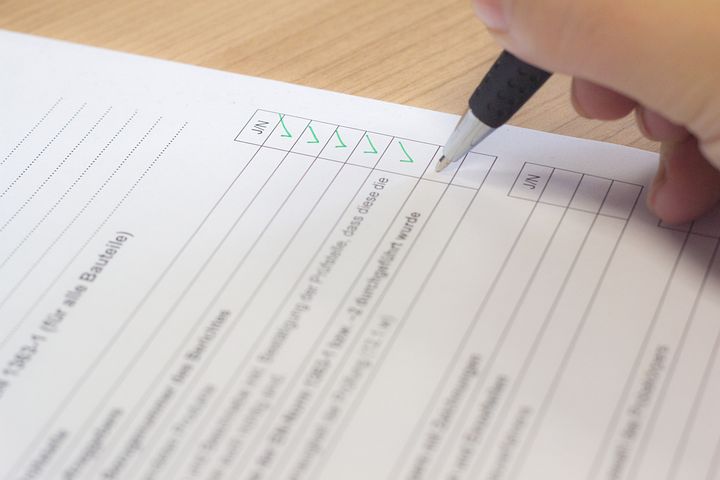Blog
Feb 01, 2023
Experienced, multi-functional proposal managers
Construct winning narrative
Make your bid look its best
Leverage our expertise to make your proposals stronge
Let BZ be your go-to proposal resource
Win a seat on critical contracts
Hight quality, rapid response assistance
Blog
Feb 01, 2023
by Beth Rabinowitz

 In my previous post, I walked through three key lessons learned from my time as an editor for proposals. Based on this experience, I have developed a general checklist that defines the key needs and areas that need to be defined before handing off your proposal to your editor.
In my previous post, I walked through three key lessons learned from my time as an editor for proposals. Based on this experience, I have developed a general checklist that defines the key needs and areas that need to be defined before handing off your proposal to your editor.
 Is any area of your proposal too vague? Is any section of the proposal too generic? Instead of saying, “[we] or [X company] will manage the research and development of a product,” does your proposal identify a specific person, wherever practicable, who will perform the tasks (e.g., Program Manager)? Did you cross check the proposal for contradictory information? A common error is for one area of the proposal (e.g., technical approach) to say, for example, that the Program Manager will oversee personnel, and another area (e.g., the staffing section) to indicate that the Project Director will perform that role.
Is any area of your proposal too vague? Is any section of the proposal too generic? Instead of saying, “[we] or [X company] will manage the research and development of a product,” does your proposal identify a specific person, wherever practicable, who will perform the tasks (e.g., Program Manager)? Did you cross check the proposal for contradictory information? A common error is for one area of the proposal (e.g., technical approach) to say, for example, that the Program Manager will oversee personnel, and another area (e.g., the staffing section) to indicate that the Project Director will perform that role.
Conclusion. Strong proposal teams use all hands on deck to flesh out the barebones Statement of Work to create a winning proposal. Write each section at the appropriate level of effort with the funding agency proposal reviewers in mind. Can you instill confidence that your team is the most qualified and experienced for the job, and that your team will expertly mitigate any barriers that might come along? Bringing in a strong content editor can help your team maximize your chances for success.
Beth Rabinowitz is a consultant with BZ and has devoted a significant portion of her 30-year career helping clients produce successful proposals. Many of her clients are on a mission to improve public health, children’s welfare, and/or educational outcomes. When she isn’t working on proposals, she’s often writing, content editing, or copy editing training tools and educational resources; white papers; brochures, fact sheets, and blogs; case studies; annual reports; evaluation reports and policy papers; and dallies into creative writing. If you’d like to engage Beth on your next opportunity, reach out to BZ here.
